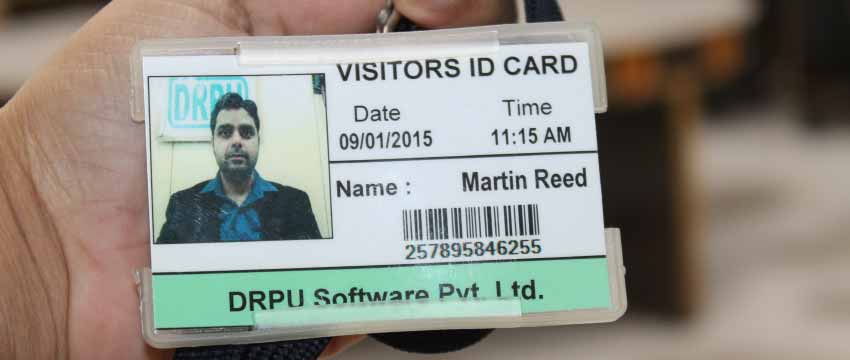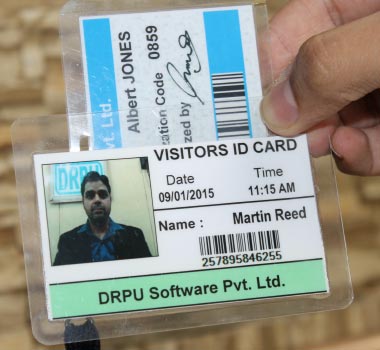Procedure for Handling Lost or Stolen Visitor ID Cards
When a visitor ID card is lost or stolen, it is important to take prompt action to mitigate potential security risks. The exact procedure for handling lost or stolen visitor ID cards may vary depending on the organization or institution's policies, but here is a general overview of how such situations are typically addressed:

-
Report the incident:
The individual who lost their ID card or had it stolen should immediately report the incident to the appropriate authority. This could be a security personnel, receptionist, or designated staff member responsible for managing visitor access.
-
Verification of identity:
The person reporting the loss or theft may be required to provide proof of their identity, such as a government-issued ID or any other documentation that can establish their identity and connection to the visitor ID card.
-
Disable the lost/stolen card:
Once the loss or theft is reported, the ID card is typically deactivated or disabled to prevent unauthorized access. This is usually done through an access control system or database where visitor information is stored. By deactivating the card, any attempt to use it for unauthorized access will be denied.
-
Review security footage:
If the incident occurred within an area covered by surveillance cameras, security personnel may review the footage to identify any suspicious activity or potential perpetrators. This information can aid in investigations and help prevent future incidents.
-
Inform relevant parties:
The appropriate individuals within the organization or institution should be notified of the lost or stolen ID card. This includes security personnel, receptionists, and other relevant staff members who may need to be aware of the situation. They can assist in monitoring access points and ensuring heightened security measures until the situation is resolved.
-
Reissue a new ID card:
Depending on the organization's policies, a new visitor ID card may be issued to the individual who lost their card, typically after confirming their identity and purpose of visit. This can involve filling out a new registration form or providing updated information.
-
Enhanced security measures:
In some cases, especially if the lost or stolen ID card poses a significant security risk, the organization may implement additional security measures. This could include heightened monitoring, increased security presence, or even updating the access control system to prevent future unauthorized entry.
-
Investigation and follow-up:
If the incident is deemed serious or part of a larger security concern, an investigation may be conducted to identify the cause and take appropriate action. This can involve reviewing security procedures, identifying potential vulnerabilities, and implementing measures to prevent similar incidents in the future.
➜ It is important to note that the specific procedures and protocols may vary depending on the organization's security policies, the nature of the facility, and any legal requirements or regulations that need to be followed.
